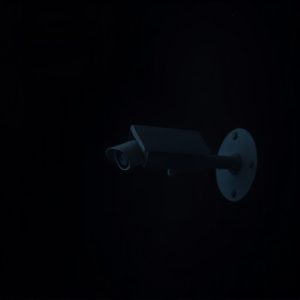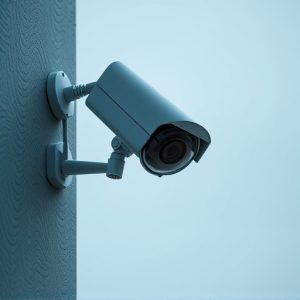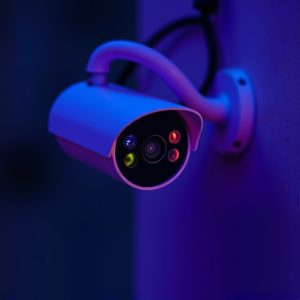Hidden Security Cameras: Power, Purposes, and Ethical Navigations
Hidden security cameras, seamlessly integrated into everyday objects like appliances or decorations,…….
Hidden security cameras, seamlessly integrated into everyday objects like appliances or decorations, provide discreet yet powerful safety and security enhancements. With high-quality footage, motion detection, and remote monitoring capabilities, they deter theft, vandalism, and other illicit activities. However, their covert nature raises privacy concerns, necessitating businesses to navigate stringent regulations regarding permit requirements, consent mechanisms, and data storage practices to avoid legal disputes and maintain public trust.
Hidden security cameras, often referred to as covert surveillance devices, have become increasingly prevalent in both public and private spaces. This article delves into the world of hidden cameras, exploring their diverse applications and powerful capabilities for enhancing safety and security. We will guide you through understanding these devices, from their technical aspects to ethical and legal considerations, helping you navigate the complexities surrounding their use.
Understanding Hidden Security Cameras: Unveiling Their Power and Purposes
Hidden security cameras, also known as covert or surveillance cameras, are a powerful tool for maintaining safety and security in various settings. These advanced devices are designed to remain concealed while capturing high-quality footage, making them an effective deterrent against criminal activity and a valuable asset for monitoring sensitive areas. Their versatility allows them to be integrated into everyday objects like everyday appliances or decorations, ensuring a discreet presence.
The primary purpose of hidden security cameras is to provide surveillance in places where traditional cameras might not be practical or visible. They offer peace of mind by enabling remote monitoring, allowing users to keep an eye on their properties, businesses, or public spaces from a distance. With real-time video feeds and advanced features like motion detection, these cameras actively contribute to the prevention of theft, vandalism, and other illicit activities.
Ethical and Legal Considerations: Navigating the Complexities of Hidden Cameras
The use of hidden security cameras has sparked intense debates surrounding ethical and legal complexities. While they offer enhanced surveillance and potential crime prevention, their clandestine nature raises significant privacy concerns. Individuals have a reasonable expectation of privacy in public and private spaces, and secretly monitoring these areas can infringe upon this right, leading to legal repercussions. Many regions have strict regulations regarding the use of hidden cameras, dictating explicit purposes, consent requirements, and data storage practices to safeguard citizens’ rights.
Navigating this landscape demands careful consideration. Businesses and property owners must understand the legal boundaries to ensure their security measures are ethical and compliant. This includes obtaining necessary permits, informing individuals within monitored areas, and adhering to data protection guidelines. Striking a balance between enhancing security and preserving privacy is crucial to avoid legal disputes and maintain public trust.


